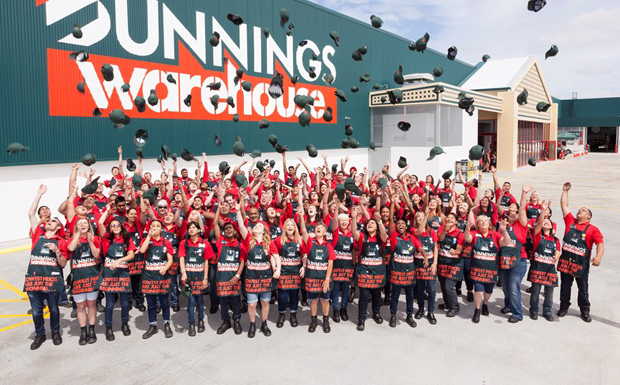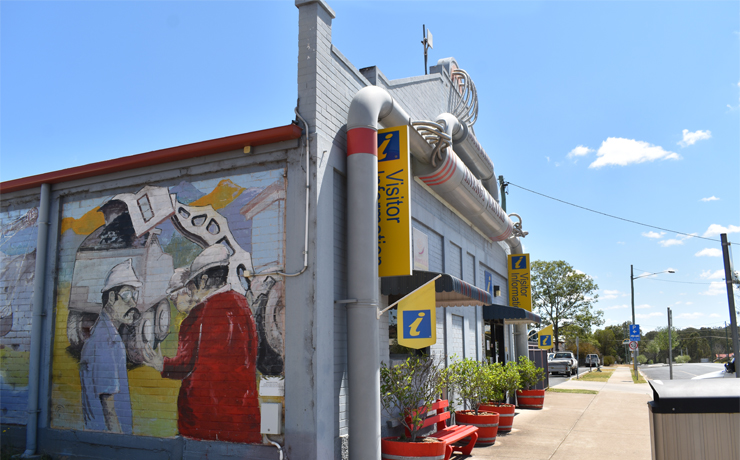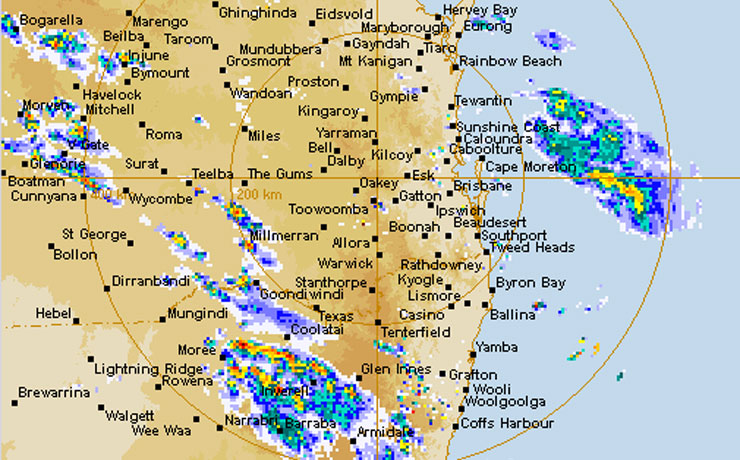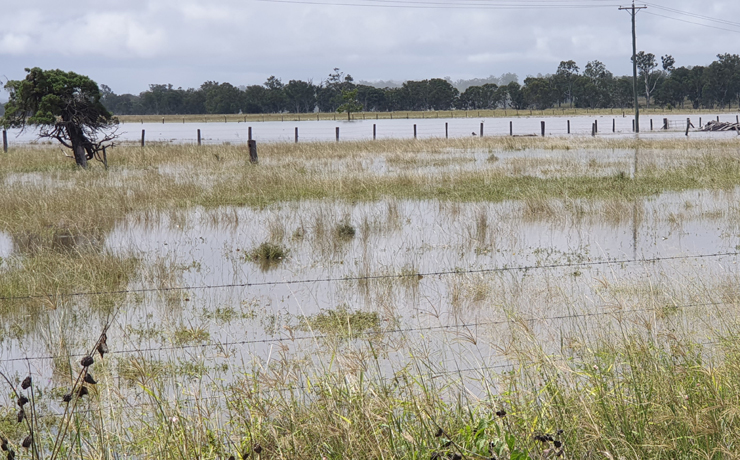
by Dafyd Martindale
The recent announcement that retail chain Bunnings have lodged a development application with the South Burnett Regional Council to build a new store in Kingaroy has provoked a mixed response.
On the one hand, some residents welcome the news that Bunnings would like to open up a South Burnett outlet.
They feel the chain will offer them better hardware prices, and see the announcement as a sign our region is moving forward again after several years in the doldrums.
On the other hand, some other residents feel the arrival of Bunnings could spell the end of several other “home grown” small businesses that compete in the same market, and lead to an increase in unemployment.
To find out which of these two schools of thought is most likely to be correct, I turned to history.
Here’s what I found:
The last two big retail chains to open up in the South Burnett were Harvey Norman in late 2008, and Aldi in 2009 (yes, it has been awhile, hasn’t it?).
At the time both these stores opened, the population of Kingaroy’s town area was about 9154; but by the end of last year it was 10,125, or about 10.6 per cent bigger.
And while I wasn’t able to dig up unemployment data for 2008-2009, between 2010 and 2012 – the first three years after Harvey Norman and Aldi were both up and running – the South Burnett’s unemployment rate was fairly stable at between 6.5 and 7.5 per cent.
This was despite the 2011 floods, the 2012 drought and the flow-on effects of the 2008 Global Financial Crisis.
What these two sets of data lead me to think is that while it is likely the arrival of both these large retail chains did lead to the closure of some other businesses, the net effect of these closures on overall unemployment was negligible.
Or in other words, any jobs that were lost in the businesses that closed down were made up for by the jobs the new retail entrants created.
The arrival of these businesses also seems to have had no negative effect on our region’s long term growth rate.
If anything, their arrival was a clear sign that smart heads outside our region believe the South Burnett is a market worth investing in for the future, and they’re willing to back that belief with bricks and mortar.
It would be nicer, of course, if we could attract a large retail chain that didn’t compete with any of our existing businesses.
That would create new jobs that really were new, and add things to our retail mix we may currently have to travel outside the region for.
But in the absence of that, the Bunnings announcement is likely to turn out to be more a positive than a negative in the long run.
So we should welcome it, not fear it.
- Related article: Bunnings Lodges Development Application

























Thanks for some facts to consider Dafyd. My initial thought was Mitre 10 would really struggle as would all the Hardware shops right across the South Burnett.
There is only so much hardware that can be sold in a given region and for those prepared to travel, Bunnings would take the lions share of hardware sold.
Bunnings may employ 60 staff but how many local, currently viable, grass roots shops servicing the surrounding towns will have to reduce staff and or have to close as a result. Thus removing a local town community service?
No doubt about it, Bunnings has the range of products that our local hardwares dream about. Something to bear in mind is that the profit that the store makes doesn’t stay in the town that they are located in.
As for the smaller independent traders, they live in town and buy locally themselves, from leasing vehicles from the local motor dealerships through to buying a loaf of bread from the baker and not to mention their generosity in the community to support clubs and events in the South Burnett.
I’m not against growth in the South Burnett. I’d like to see a prosperous future for our region. I just don’t see a good business case at the moment for a third large hardware chain to enter the market at this time.
I believe the business that stands to suffer the most would be Mitre10 just around the corner from the proposed Bunnings site however as Mitre10 is also no longer locally owned I say bring it on. If the locals stand to have a greater range to chose from and save $$ at the same time than the locals all stand to benefit and if by chance Mitre10 manages to survive than the competition will ensure the customers are looked after even more. As far as I’am concerned any business that comes to Kingaroy that gives the locals one less reason to drive to Toowoomba & Gympie or the like to spend their money than bring it on !
What we are seeing is fear of change, and loss of the “feel” of the area that has attracted so many. This attraction includes myself, a family of eight.
Whilst that “feel” attracts, it doesn’t sustain. And this lack of sustain, includes the “home grown” which must be accepted for all intents and purposes. How many Locals either still exist, sorry to say, or still remain as Locals? If we are to assess the needs, we have to be honest and the numbers tell the story. Not the emotional connection or the incredible stories of remembrance, this blurs the reality of today, frankly.
Bunnings, just like Mitre 10 would have done, scares the existing. Yet we have how many hardware outlets still exist despite Mitre 10 coming? Yes, the facts show some jobs were lost, and others gained, equating to a neutral effect. However what was added on from their establishment? How much does Council gain from each Business that sets up, which SHOULD be a gain to the community? Bunnings, or larger chain style Businesses create add-ons.
And the Brand brings something that is frankly lost now. How many folks create a spending trip outside the Region, to utilise the Brands outlets elsewhere? How many folks whilst at Bunnings say in Toowoomba, then visit and spend, at the likes of K-mart or Hungry Jacks, perhaps Coles even? Then of course the extras, the traffic sales simply because of the “well while we are here” attitude/action. How many folks, not central to Kingaroy yet within the Region – so ALL the surrounding Towns and Villages – pass through Kingaroy itself, on those trips to the likes of Toowoomba or Caboolture/Morayfield?
How many utilise Kingaroy for the essentials currently, how many utilise Kingaroy simply due to the Brand that has set up already, like Aldi or McDonald’s or Woolworths, then spend whilst they happen to be there? These spends create more demand, that brings more and sustains or retains the monies currently lost, by the attractions of the Brands located elsewhere.
Harsh reality, still thinking small and centralised in this aspect doesn’t work. Thinking that Kingaroy could be a central hub for the many many surrounding Towns and Villages, is appropriate, as long as its not just another drive-through to reach areas with the attractions. Not the old ways of attracting, for Tourism, but for the Locals. The Locals whether “home grown” or actually making the choice to relocate here.
Instead of resisting the new, getting on board and utilising it to the broader advantage is needed. Monopolies can be of concern, but the monopolies can also be in the current, controlling what the population utilises by blocking alternatives.
Change is a must, the town is not sustaining as can be seen by the vacant shops and the below-average incomes. Along with the revolving door population. Attitude changes are a must, because its clear that the old ways aren’t working for the now, let alone the future.
Yes Bunnings is good for us, embrace it.